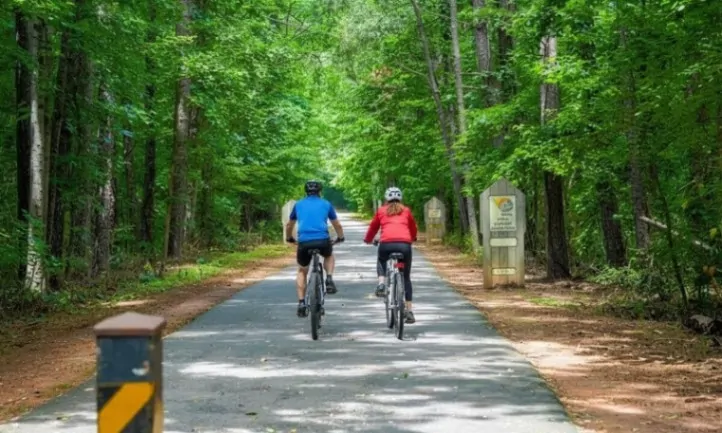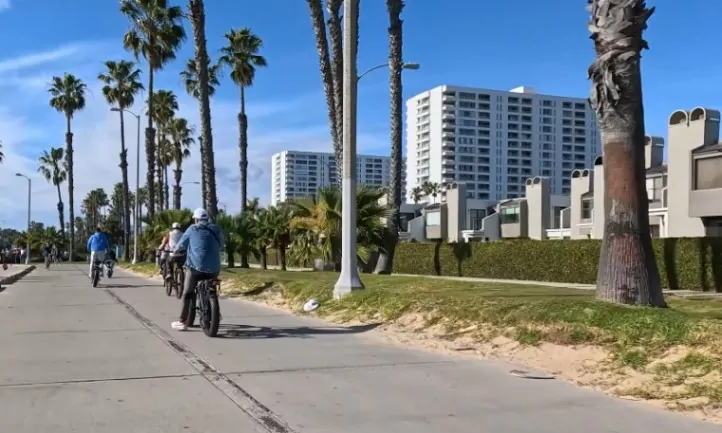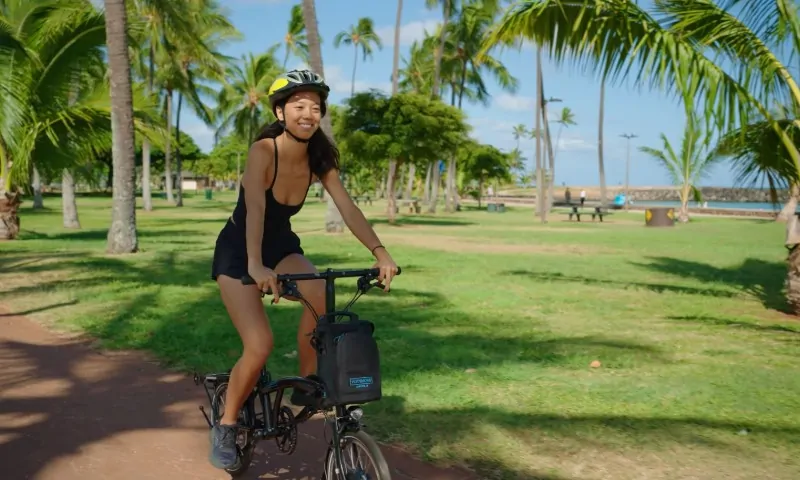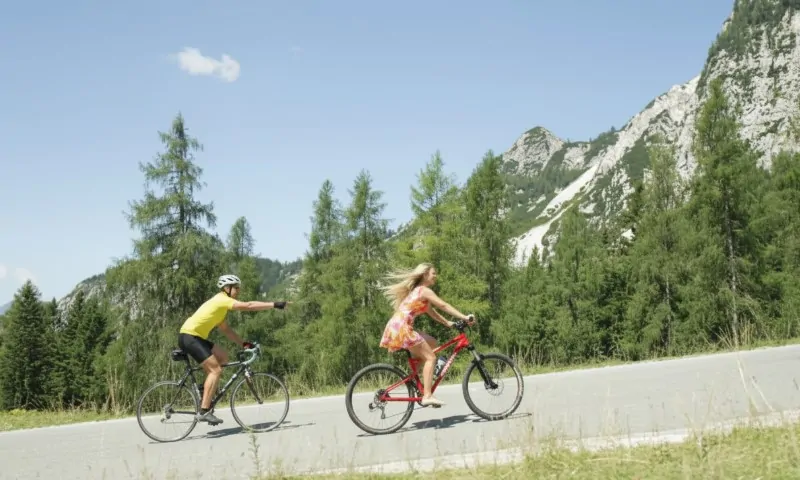Drafting on a road bike is a skill that can significantly improve your riding efficiency and energy conservation. In simple terms, drafting means riding closely behind another cyclist to reduce wind resistance.
Let’s explore how you can master this technique and enjoy a smoother, more efficient ride.
Table of Contents
ToggleHow Drafting Works
Drafting involves riding in the slipstream of the rider in front of you, usually a domestique.. By doing so, you can save up to 30% of your energy, making your ride more efficient and allowing you to conserve energy for those crucial moments when you need it most, like sprints or climbs.
- Energy Conservation: By riding in the draft, you reduce aerodynamic drag, which can save a significant amount of energy and help you to avoid bonking.
- Increased Speed: Less resistance means you can maintain higher speeds with less effort.
- Group Efficiency: When riding in a group, rotating the lead can help maintain overall energy levels and speed.
The Basics
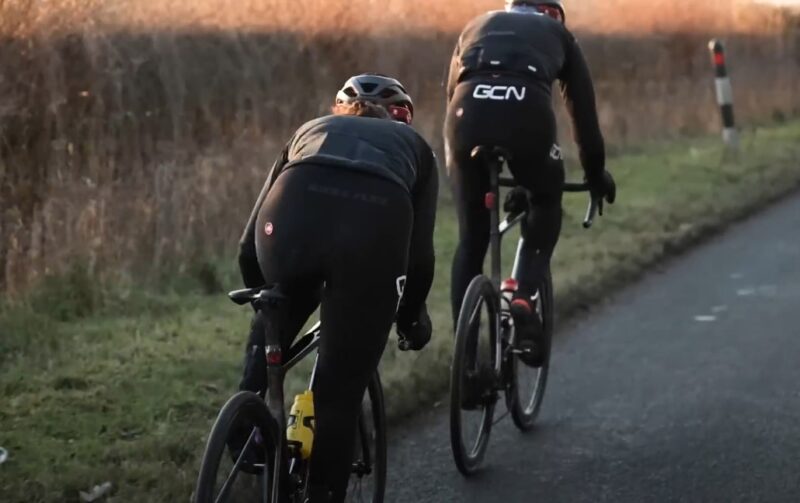
- Positioning: The position you take while drafting greatly affects its efficiency. The most effective drafting happens when you're the fifth rider in a single paceline. However, the benefits can be felt even as the second rider.
- Avoid Overlapping Wheels: One of the key rules of drafting is to avoid overlapping your front wheel with the rear wheel of the cyclist in front of you. This overlap can lead to accidents if the front rider makes any sudden movements.
- Consistent Cadence: Maintaining a consistent cadence is essential. Sudden speed changes can cause gaps in the paceline, leading to what's known as the "slinky effect." This disrupts the smooth flow and can waste energy.
Communication is Key
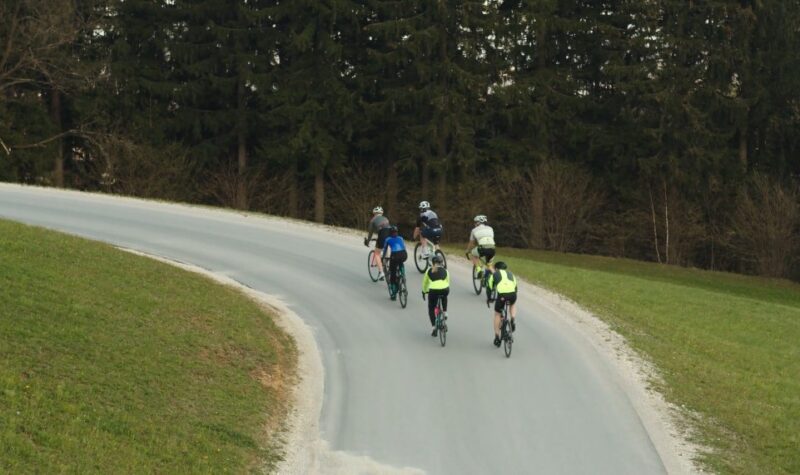
Before starting your ride, it's important to discuss formation and rotation plans with your group. Clear communication helps everyone stay on the same page, reducing the risk of accidents.
Nonverbal Signals for Drafting
- Elbow Flick: The lead rider can flick their elbow to signal the rider behind who wants to draft to take a turn at the front.
- Hand Pointing: Pointing with a hand in the direction you're moving can indicate you're pulling off to the side.
Hand Signals and Verbal Cues
- Turning: Outstretch your arm straight out to the side to indicate your intended turn.
- Hazards: Open-hand waved or wiggled palm down indicates hazards or changes in the road surface.
- Speed Changes: Signal a reduction in speed by holding a hand out and moving it up and down.
Communication in Group Rides
- Intentions and Obstacles: It's important to talk and signal to group members about your intentions and possible obstacles to keep the group compact and predictable.
- Lane Changes: Always signal your intention to change lanes or merge onto a different road, looking over your shoulder and using hand signals.
Techniques for Effective Drafting
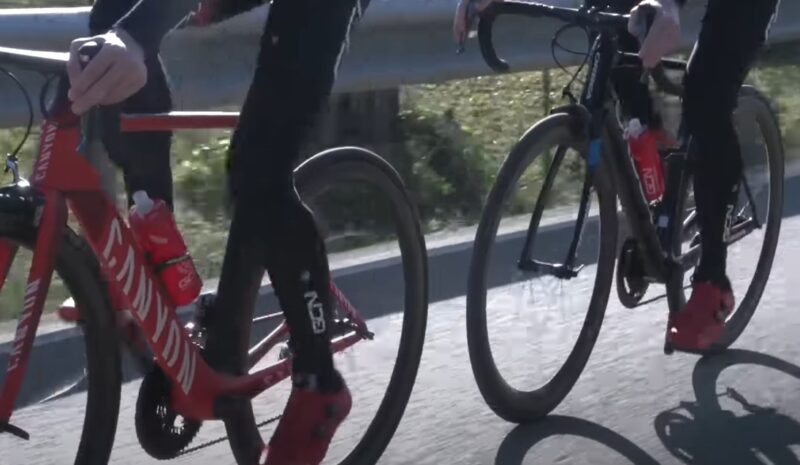
Wind Direction
Understanding the wind direction can help you position yourself more effectively behind the lead rider. Positioning yourself correctly can maximize the drafting benefits.
- Headwind: Stay directly behind the lead rider to benefit from the maximum wind block.
- Crosswind: Position yourself slightly to the side of the rider in front. If the wind is blowing from the right, move to the left of the rider. If the wind is from the left, move to the right.
- Tailwind: Drafting benefits are reduced since the wind is helping push forward. Still, staying close can help conserve energy.
Hand Positioning
Keep your hands covering the brakes while drafting. It's easier to manage your speed from the hoods or drops of the handlebars.
Hoods or Drops
- Hoods: Riding with your hands on the hoods (the top part of the brake levers) provides a balance between control and aerodynamics. This position allows easy access to the brakes, which is essential when riding closely behind another cyclist.
- Drops: Positioning your hands in the drops (the lower curved part of the handlebars) provides a more aerodynamic position. This is often used in faster sections or when the road is clear of obstacles. It also offers better control at high speeds.
Covering Brakes
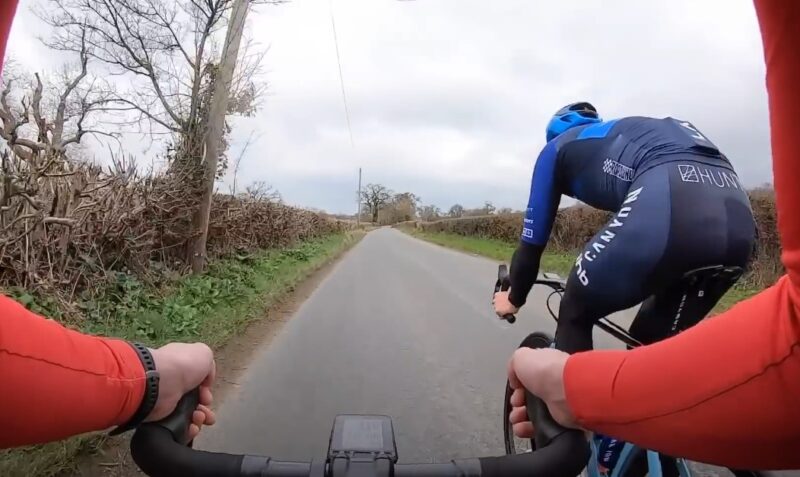
It is essential to keep your hands covering the brakes when drafting. This allows for quick reaction times in case the rider in front slows down or stops suddenly.
This rule makes riding on the tops (the flat part of the handlebars) less advisable during drafting.
Elbow Position
Keep your elbows slightly bent and tucked in. This position helps reduce upper body fatigue and improves aerodynamics.
It also absorbs road vibrations better, enhancing comfort during long rides.
Regular Hand Position Changes
Actively change your hand positions during the ride to avoid numbness and maintain comfort.
This includes alternating between the hoods and drops, ensuring your hands, wrists, and arms do not stay in a fixed position for too long.
Modulating Speed
Instead of braking abruptly, modulate your speed smoothly. This helps maintain a steady paceline and avoids sudden slowdowns that can disrupt the group.
Practicing Drafting
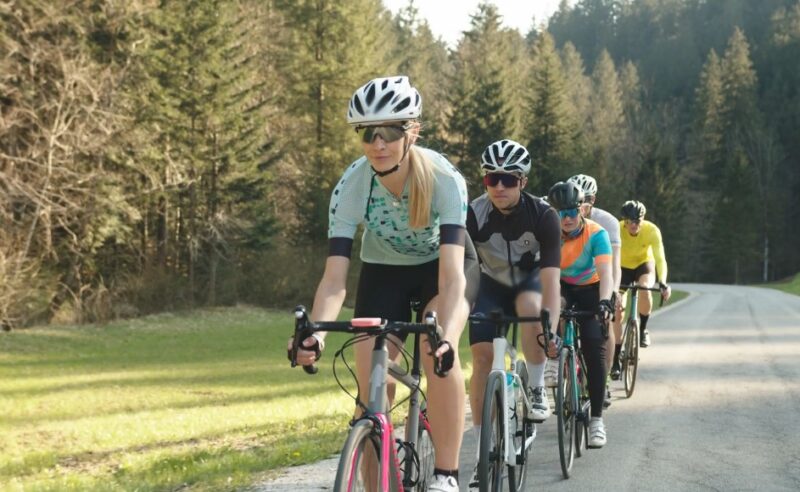
Solo Practice
Before trying drafting in a group, practice solo. Get comfortable with the motion of reaching for your water bottle and drinking without looking down. This will build your confidence and skill. Also, don't try practicing with gravel bike, stick to a road bike.
Bike Handling Skills
Work on your overall bike handling skills. This includes cornering, riding over obstacles, and, of course, drafting. Good bike handling skills are essential for safe and effective drafting.
Drafting Etiquette
Seeking Permission
Drafting a stranger without permission is considered poor etiquette and can be dangerous. Always ask before drafting behind someone you don't know.
Safety First
Always prioritize safety. Keep your eyes ahead, not just on the wheel in front of you. Being aware of the road and the riders around you can prevent accidents.
Advanced Tips

Rotating the Lead
In a group, rotating the lead rider helps distribute the effort evenly. Typically, riders take turns at the front for a few minutes before rotating to the back.
This keeps everyone fresh and maintains the group's efficiency.
Managing the Bungee Effect
At the end of a paceline, you might experience the "bungee effect," where maintaining closeness becomes challenging due to fluctuating distances.
Staying alert and adjusting your speed smoothly can help manage this effect.
Final Thoughts
Mastering drafting on a road bike can significantly enhance your riding experience. Road bike is perfect for drafting, unlike gravel and cyclocross bikes. By reducing wind resistance and conserving energy, you'll be able to ride faster and more efficiently.
Remember, communication, proper positioning, and practice are key to effective and safe drafting. So get out there, ride with your friends, and enjoy the benefits of drafting!
Related Posts:
- The Ultimate Guide to Lycra - Features, Uses, and Care
- Why You Need a Quality Road Bike Helmet - Protect…
- Gravel Bike vs. Road Bike - 9 Key Differences Explained
- How to Select the Best Road Bike Tires for Your…
- Why You Need a Cadence Sensor for Your Road Bike -…
- 9 Tips for Finding the Best Road Bike Pedals -…



